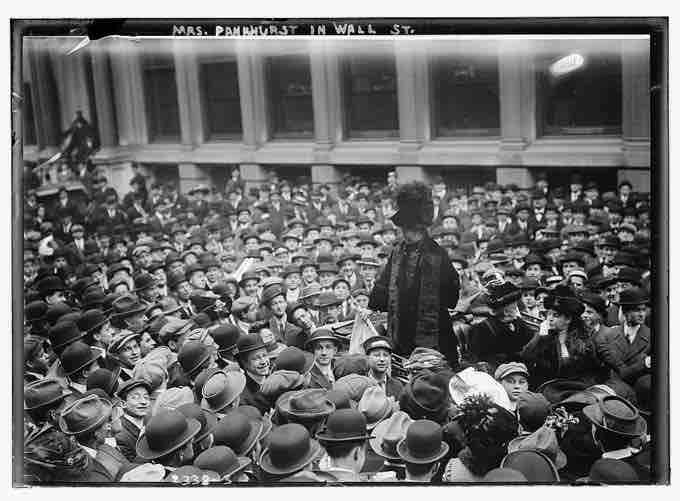Crafting the Message
Writing is a dynamic interaction between readers and authors. The response of readers to one sentence or paragraph can influence their reactions to all the sentences and paragraphs that follow. Consequently, the opening sentence or section takes on a special importance. It helps to establish the frame of mind readers bring to all the sentences and sections that follow. It also grabs the attention of viewers and keeps them focused until the end.
Give Your Readers a Reason to Pay Attention
The most important function of the beginning of the message to persuade readers to devote their full attention to your message . At work, people complain that they receive too many e-mails and reports. Your goal is to convince them to pay close attention to the message.

Know Your Audience
Give your readers a reason to pay attention.
Tell Your Readers What to Expect
Unless your communication is short, its beginning should tell readers what to expect in the segments that follow. A forecasting statement positioned at the beginning of a communication should focus its organization and scope. This will serve a couple of purposes. First, it will narrow the reader's attention to only what needs to be addressed. Second, it will deter some of the readers to whom you are not intending to write. This could help in avoiding lawsuits.
Tell about Your Communication's Organization
By telling your readers about your communication's organization in your beginning, you provide them with a framework for understanding the connections among the various pieces of information you convey. This framework substantially increases your communication's usability by helping your readers immediately see how each new point you make relates to a point that they have already read. It also helps skimming readers navigate quickly to the information that they are seeking.
Tell about Your Communication's Scope
Readers want to know from the beginning what a communication does and does not contain. Even if they are persuaded that you are addressing a subject relevant to them, they may still wonder whether you discuss the specific aspects of the subject that they want to know about. Often you will tell your readers about the scope of your communication when you tell about its organization: when you list the topics it addresses, you indicate its scope. There will be times however, when you will need to include additional information. That happens when you are not addressing your subject comprehensively or are addressing it from a particular point of view.
Encourage Openness to Your Message
Because the way you begin a communication has a strong effect on your readers' response, you should always pay attention to the persuasive dimension of your beginnings. Always begin in a way that encourages your readers to be open and receptive to the rest of your communication.
Provide Necessary Background Information
As you draft the beginning of a communication, ask yourself whether your readers will need any background information to understand what you are going to tell them.
Include a Summary Unless Your Communication is Very Short
Summaries help busy managers learn the main points without reading the entire document, and they give those readers an overview of the communication's content and organization. For longer communications, especially those that are long enough to have covers and tables of contents, these summaries are longer and often printed on a separate page.
Adjust the Length of Your Beginning to Your Readers' Needs
There is no rule of thumb that tells how long the beginning should be. A good, reader-centered beginning may require only a phrase or may take several pages. You need to give your readers only the information that they don't already know.
Adapt Your Beginning to Your Readers' Cultural Background
Readers' expectations and preferences about the beginning of a communication are shaped by their culture. The suggestions you have just read are suitable for readers in the United States and some other Western countries. However, customs vary widely. You must have good understanding of the communication customs of your readers' culture in order to create an effective opening. If you do not have this understanding, do some research or seek out someone who is from that culture to ask him.
Ethics Guideline: Begin to Address Unethical Practices Promptly and Strategically
Suppose you learn that your employer is engaged in an action you consider to be unethical. Or you are asked to write something that violates your sense of what is ethical. Should you speak up or express your concerns in writing? New employees are sometimes advised to wait until they have achieved security and status before trying to bring about change. But that means you could spend years before addressing a practice you regard as unethical. Ignoring an unethical act would be seen as unethical in itself.